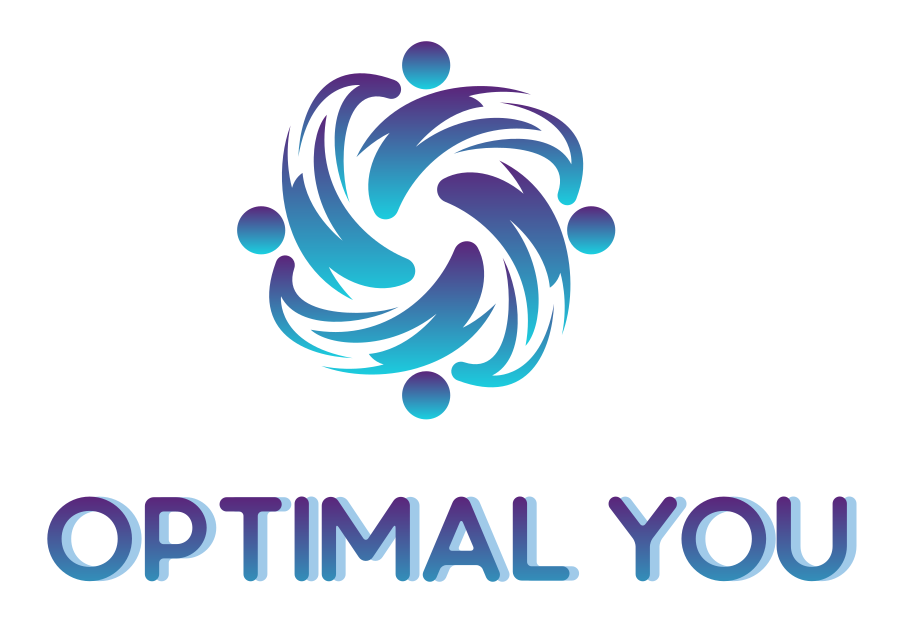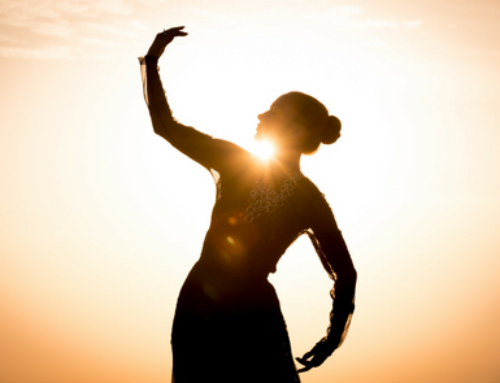When looking back, he was always an active kid. He needed to be on the move and even shortly after being able to walk started “running” into us all the time. We just figured we had an active little boy. Even though he talked at a usual age, it was unclear. Nothing anyone thought he wouldn’t grow out of. It was around the age of 3 that we started to wonder if there was something different. His tantrums seemed a little more intense than what one would expect. Any kind of change of routine would trigger a meltdown. Then it happened, one day he went into a “rage”. I don’t remember what the trigger was, some type of frustration, but completely out of line with what the situation was. I remember looking into my little boy’s eyes and seeing that he wasn’t “there”. He came at me, screaming, hitting. After a couple minutes and he wasn’t calming in spite of all my efforts my husband walked over and just picked him up moving him away from me. At this point, I started doing research.
I asked my pediatrician about Sensory Processing Disorder. He kind of shrugged at it, saying he doesn’t buy too much into it but I could see an Occupational Therapist. So, we did. He enjoyed going, it was a big play room. However, he baffled the OT a bit since he did not have coordination issues like so many with SPD do. I continued to research and talk to her. After a period of time, nothing was changing. We did have some tools that seemed to help in the moment but the OT said she didn’t know what else to do for us. So, we continued on our own.
I learned how to read him. I learned how too much stimulation would cause a crying meltdown where too little stimulation would lead more to a raging type of meltdown. I could never let him have a play date without me. I had to watch this balance and if he got upset, I needed to be ready to physically pull him away. He would hurt someone. His inflexibility in situations was very high and his anxiety overall continued to increase. We just learned how to “manage” it. We also figured out that red dye and aspartame were triggers for rages too. So, these were completely eliminated from our diet.
The winter that he was 6 was extremely difficult. We always thought that winters were more difficult for him because it was harder meeting his sensory needs. However, things were worse than ever. It appeared that he was depressed. He had no interest in anything, was upset most of the time saying he hated himself. (How would a 6 year old hate himself?) His anxiety got to the point that he couldn’t make a simple decision between two things he might want to eat. He was basically frozen. That’s when I started looking into Seasonal Affective Disorder for kids.
Our pediatrician had just moved and I didn’t want to start putting this kid through a bunch of tests when he was already asking what’s wrong with him. So, we endured and when spring came, it all began to lift as usual. At that point, we saw a new doctor. This doctor did concur that he had Season Affective Disorder. However, he also thought I should have him tested for ADHD, Asperger’s and even Bi Polar Disorder.
We decided not to pursue any of these diagnoses at that time. We knew we weren’t going to medicate so we were just going to work on our coping methods. So, I started working with a psychologist. I did not bring him in but discussed with her techniques to help him. She also gave us a Sun Box to try when fall came.
The lights made a HUGE difference. We’re from Chicago and the grey dreary days would begin at the end of September. We found the longest he could go without using the lights was 3 days. After that he would start getting more moody and edgy. But I was shouting from the mountain types about what a difference the lights made for him. He did not become depressed or “frozen” the way he did previously.
Right after he turned 7, I needed to return to work. This turned his world upside down, taking away his routine and predictability. His anxiety sky rocketed and he developed tics. It was around this time that I was introduced to Educational Kinesiology, one modality for brain integration and I began training in it.
We found some new tools using movements from Educational Kinesiology that we added to our tools from OT. Then another door opened, reflex work. So, I began training in Rhythmic Movement Training. This is when we started to see some significant changes that really stayed. During this time we also went gluten free. We found that this helped drop him down a level in is moods. He was less edgy and the dark circles under his eyes went away. I then also trained in Bal-A-Vis-X a fun way to help with eye-hand coordination; eye tracking; auditory processing and brain entrainment.
His social anxiety was the slowest to improve. His rages went away, the edginess steadily decreasing; he became more flexible and he gained more control over his body (not sensory seeking as much). However, new situations and new people were very difficult for him, even situations that he wanted. When he was 10 he decided he wanted to play hockey. For the few nights before the evaluations he barely slept. He would waiver back and forth about if he was going to go. We pulled up for the evaluation and he just melted to the floor of the car crying in panic. I had learned at that point to just give him his time. Then he pulled it together and went in. He always held it together in front of other people. He came out loving what he had done.
We continued working on his Moro and Fear Paralysis Reflexes intermittently, definitely not as consistent as we could have been. Things slowly, steadily improved. Panic attacks disappeared, though extreme nervousness was still there. He got to the point where he realized that we all get nervous but we move forward with things anyway. He still had a bit of sensory seeking until we added in work from MNRI (Masgutova Neuro Sensory Motor Reflex Integration). We’ve used that work to “fine tune” some of his reflexes. He has seen those benefits in his sports more than anything. He likes to do use these techniques whenever some new challenge comes up for his sports.
I was concerned that when he hit puberty that maybe some of our past challenges would resurface. He grew about 6 inches the year he was turning 13 and there wasn’t any regression. The child that once raged, panicked and was totally inflexible, did not resurface. Meeting him today you will find a regular teenager just trying to find his way through life. You would never guess that it was once suspected that he had ADHD, Asperger’s, or Bi-Polar Disorder. He has full control over his body. He still enjoys deep hugs but his need for sensory input does not rule his day. We’ve moved from Chicago and his need to use the Sunbox is almost non-existent. He’ll keep it in his tool box. We all have one right?
For us, traditional methods did not work. The movements and body work from various modalities of specialized kinesiology which help create brain integration changed our lives. It helped give my son a life free of daily fear and stress. It gave him the ability to move forward through life and try new things. His entire body feels comfortable and safe in the world. Because of this his confidence continually increases as he his world continues to expand. I wish for all children in the world to have this.




